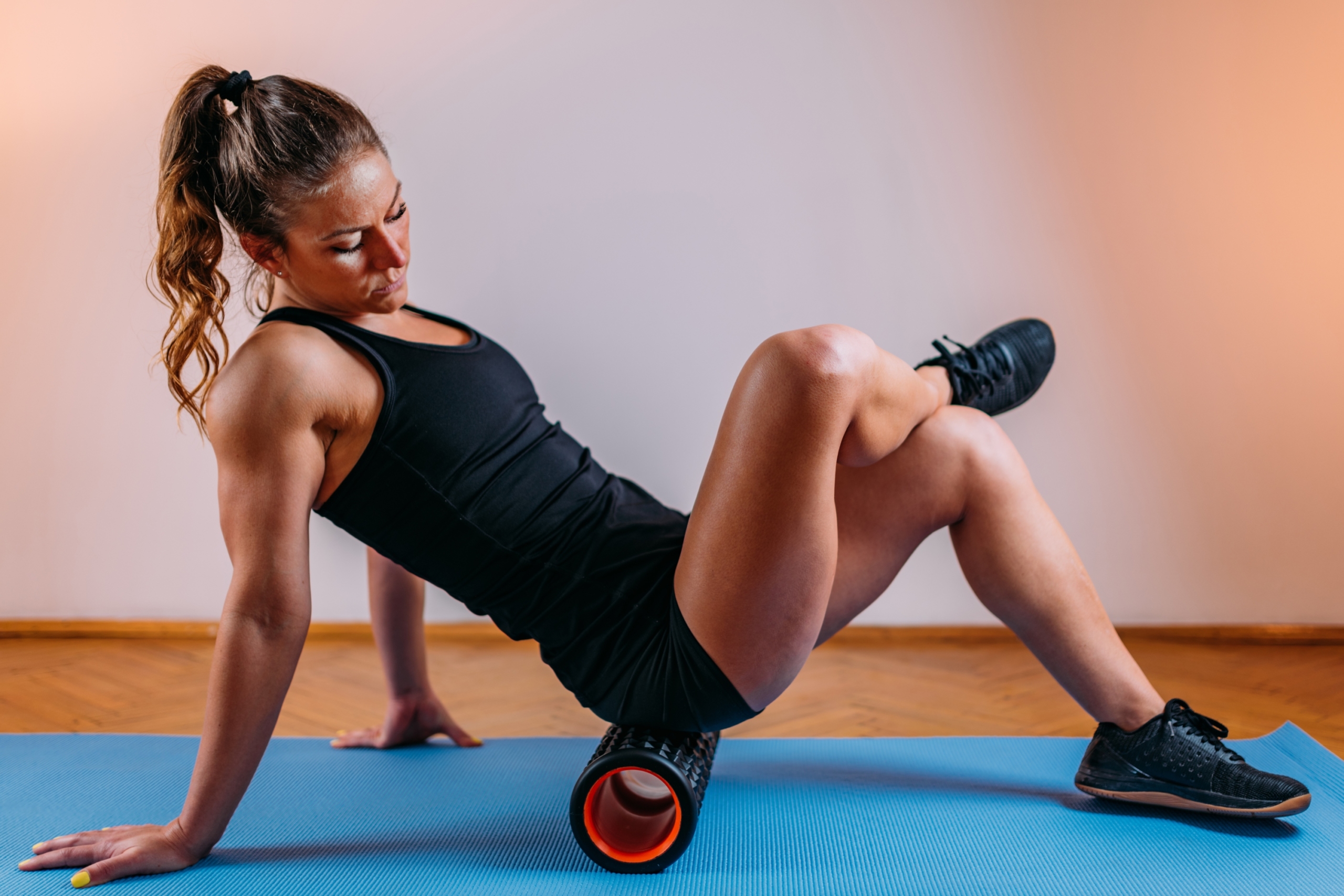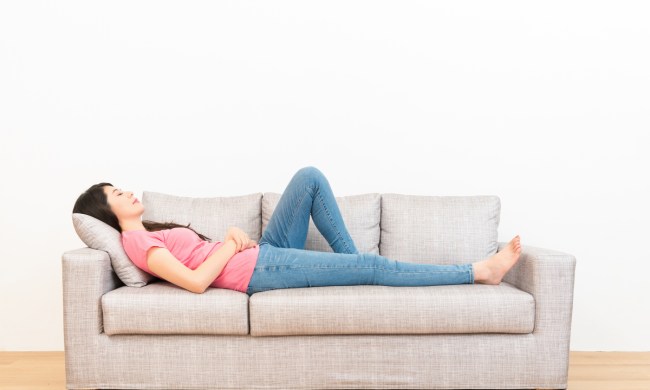Back pain is a bear. It hurts to sit, stand, and even lay down, leaving you restless and without relief. However, there are a variety of tried and true methods to treat and prevent back pain, including workouts, stretches, and individualized therapy. If you’re looking for immediate relief and ibuprofen isn’t cutting it, consider investing in a foam roller.
Foam rolling for pain relief
Foam rollers are one of the most useful pieces of workout equipment that you can implement throughout your entire workout, from the warm-up to the cool down. Used for physical therapy and daily workout routines, foam rollers are a great way to enhance stretches and relieve muscle strain, especially in the large muscle groups like those in your back and upper legs.
Foam rollers range in texture and shape, some being soft and smooth and others being rigid and hollow. Depending on your personal preference and exercise needs, you may find that one roller works better for you than another. Foam rollers also come with ridged edges, grooves
Benefits
Foam rollers

Stretches for your back pain
Foam rollers are especially beneficial for back pain, as the length and width of the rollers engage the entire back, even the sports you may miss while stretching on your own. Below are some of the best foam roller stretches to relieve lower back pain, and get you feeling your best once again.
Pipe Starfish
First, lay back on the foam roller vertically so that it is parallel to your spine. Your head should be at the top of the roller so the cylinder ends approximately at your tailbone.
Next, bring your arms out to the side and bend your elbows at ninety degrees, and keep your feet firmly planted on the ground about shoulder-width apart. Allow your muscles to relax, keeping your elbows and hands rested on the floor. Hold the pose for anywhere from thirty to sixty seconds, feeling a release between your shoulder blades. Though this stretch focuses on the upper body, it also engages and releases tension in the latissimus dorsi muscles, which extend down toward the tailbone.
Sacrum roll
Lay down on your back with your feet are flat on the ground and knees bent. Lift your butt and place your foam roller underneath you perpendicular to your spine. Lower your body down so that your lower back is on the foam roller, right above the tailbone.
Next, hold the foam roller and raise your knees, keeping them in the bent position. Drop your knees to the right and hold for thirty seconds to feel the stretch in your core and lower back. Then return to the center and repeat on the left. Repeat for ten sets on both sides.
Glute relief for lower back
When your muscles aren’t balanced, stress can fall on certain body parts more than others. This is why weak or tight glute muscles are significant contributors to back pain. To strengthen and relieve tension in your glutes, begin in the same position as the sacrum roll, with the roller perpendicular to your spine, knees bent, and feet planted.
Lift one leg off the ground and rest your ankle on the opposite knee. Using your hands, push yourself to sit up straight, bringing your chest towards your knee. Hold this stretch for thirty to sixty seconds, then alternative to stretch the other side.

Spinal roll
Take this practice slowly and stop if you experience too much pain, as it can be very intense. Unless you are using a contoured roller
First, lie back on the roller with it perpendicular to your body with feet flat on the ground and knees bent. Bring your hands to the back of your head, positions them as you would when performing crunches. The foam roller should rest under the mid-section of your back.
Roll on the foam roller from the base of your neck down towards your lower back. Focus on any tension spots and continue rolling back and forth for at least ten reps. If you notice a spot of tension, pause and hold your position for thirty to sixty seconds to relieve pressure.
While these home remedies are very effective, they do not replace professional assistance. If your back pain persists, visit a chiropractor, physical therapist, or primary care physician for an individualized treatment plan.
Disclaimer: BlissMark provides information regarding health, wellness, and beauty. The information within this article is not intended to be medical advice. Before starting any diet or exercise routine, consult your physician. If you don’t have a primary care physician, the United States Health & Human Services department has a free online tool that can help you locate a clinic in your area. We are not medical professionals, have not verified or vetted any programs, and in no way intend our content to be anything more than informative and inspiring.



